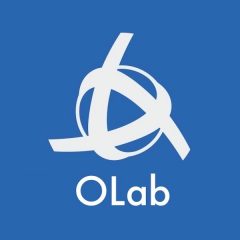Sigh. Things always take longer than anticipated in software development. We have been caught by the same upgrade traps as many other application developers. So, where are we up to?
The main structures and data architecture for OLab4 remain sound through our testing phases. Because the underlying data schema in OpenLabyrinth v3 is pretty solid and stable, we have not made extensive changes here.
Probably, the biggest change here, which seasoned OLab authors will welcome, is much better ability to reuse existing objects within your cases. In the past with OLab3, it was relatively common practice to reuse of copy items like images or questions or avatars from one map to another. But this often broke the portability of a case.
With OLab4, we have introduced Scoped Objects, which will make such reuse much more rational and extensible. See http://olab.ca/olab4-scoped-objects/ for a better description of how these work.
We have put a lot of effort in making xAPI and Learning Record Store integration into a more integrated component of OLab4. We already have pretty decent xAPI functionality in OLab3 but now is the time to make this more accessible across a range of educational tools and platforms. In learning analytics, activity streams are much more useful than focusing on content aggregation.
Our biggest delays have been in redesigning the authoring interface for OLab4. Experienced OLab users know how powerful and flexible it is. But the creation of scenarios and cases has remained daunting for new users, mostly because our interface is pretty ugly and old-fashioned.
We have been working with the OLab community, and a team of UX designers, to improve the usability of OLab4 for beginning authors. And yet, we also hope that our power users will also find the new authoring approach to be a more efficient and effective use of their time.

